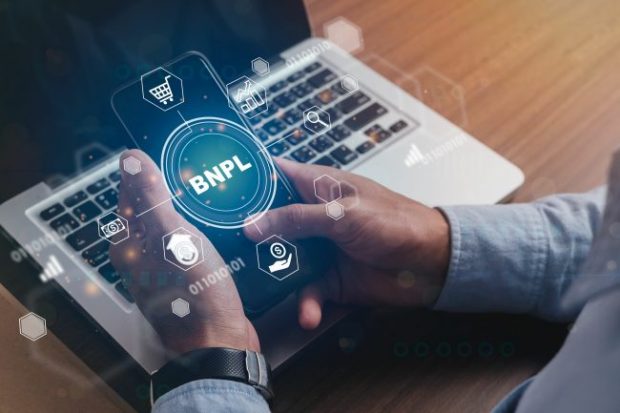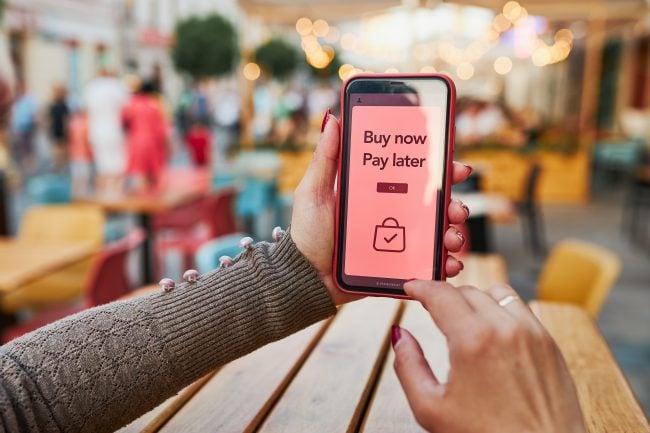 P2P features becoming more of a must-have item for mobile banking apps.
P2P features becoming more of a must-have item for mobile banking apps.
Consumers are placing more importance on the payments capabilities embedded in their mobile banking apps — especially when it comes to person-to-person (P2P) payments, according to a new survey by S&P Global Market Intelligence.
More than a quarter of the 4,000 U.S. mobile bank app users age 18 or older in the survey said person-to-person payments were one of the most important features available in their apps. Fewer than 17% of participants said the same just a year ago.
Recommended For You
The growing popularity of mobile payment features could be good news for credit unions and other financial institutions eager to keep up with fintech firms and other digital disruptors, the study said.
Overall, however, consumers don't seem to be engaging with their mobile banking apps more frequently than they did last year.
"Roughly 35% of respondents in both our 2017 and 2018 surveys indicated that they use their apps at least once daily. Almost a quarter of respondents in both surveys reported using their apps no more than once per week. Not surprisingly, given their high levels of engagement with mobile technology, younger customers were much more likely to use their bank apps daily," the study said.
The percentage of respondents expressing appreciation for bank apps' branch and ATM location features increased to 20% from 16% year over year, according to S&P Global Market Intelligence.
"About 22% of this year's survey respondents reported zero branch visits in the preceding 30 days, up from 19% in 2017. But more than a quarter of respondents in both years reported at least four branch visits in the same time frame," it said.
Features consumers said were important in mobile banking apps
Respondents said the ability to check account balances was the most important mobile banking app feature (84.8%), followed by transaction reviews (68.8%), transferring money between accounts (61.7%) and accessing account statements (54.5%).
Another 53.7% said bill pay was an important feature of mobile banking apps, and 48.6% said photo check deposit was important. Managing account alerts was important to 46.4% of the respondents.
"The bill pay capabilities available through mobile bank apps were more prized among this year's survey participants than they were in our 2017 survey. Almost 54% of 2018 survey takers pointed to bill pay among their most valued bank app features, compared to 46% last year," the report said.
"Photo bill pay, which grabs payee and other information from a photo that the user snaps of the bill, is one of the least common bank app features we have encountered. Bank product managers say it is tricky to ensure quality control on the back end, requiring a sometimes clunky combination of artificial intelligence and human intervention," it added.
Other features deemed important were P2P payments (27.2% of respondents), access to information about nondeposit accounts (22.4%), branch or ATM locators (20%) and personal financial management tools (18.4%).
Fewer than one in eight respondents said features that allowed them to tap to call customer service, set up travel notifications or schedule branch appointments were important in mobile banking apps.
What consumers wish their mobile banking apps had
At least 15% of the respondents said they wished their mobile banking apps could report stolen cards, work on smartwatches, send money to other people and call customer service.
However, almost a third of respondents in the survey (30.8%) said they wished their mobile banking apps would let them turn their debit and/or credit cards on or off, according to S&P. In addition, 28% wished for fingerprint login, 25.4% wanted information about their credit score and 21.9% wanted to view their account balances without having to log in. One in five (20%) said they wanted other biometric login options.
© 2025 ALM Global, LLC, All Rights Reserved. Request academic re-use from www.copyright.com. All other uses, submit a request to [email protected]. For more information visit Asset & Logo Licensing.






